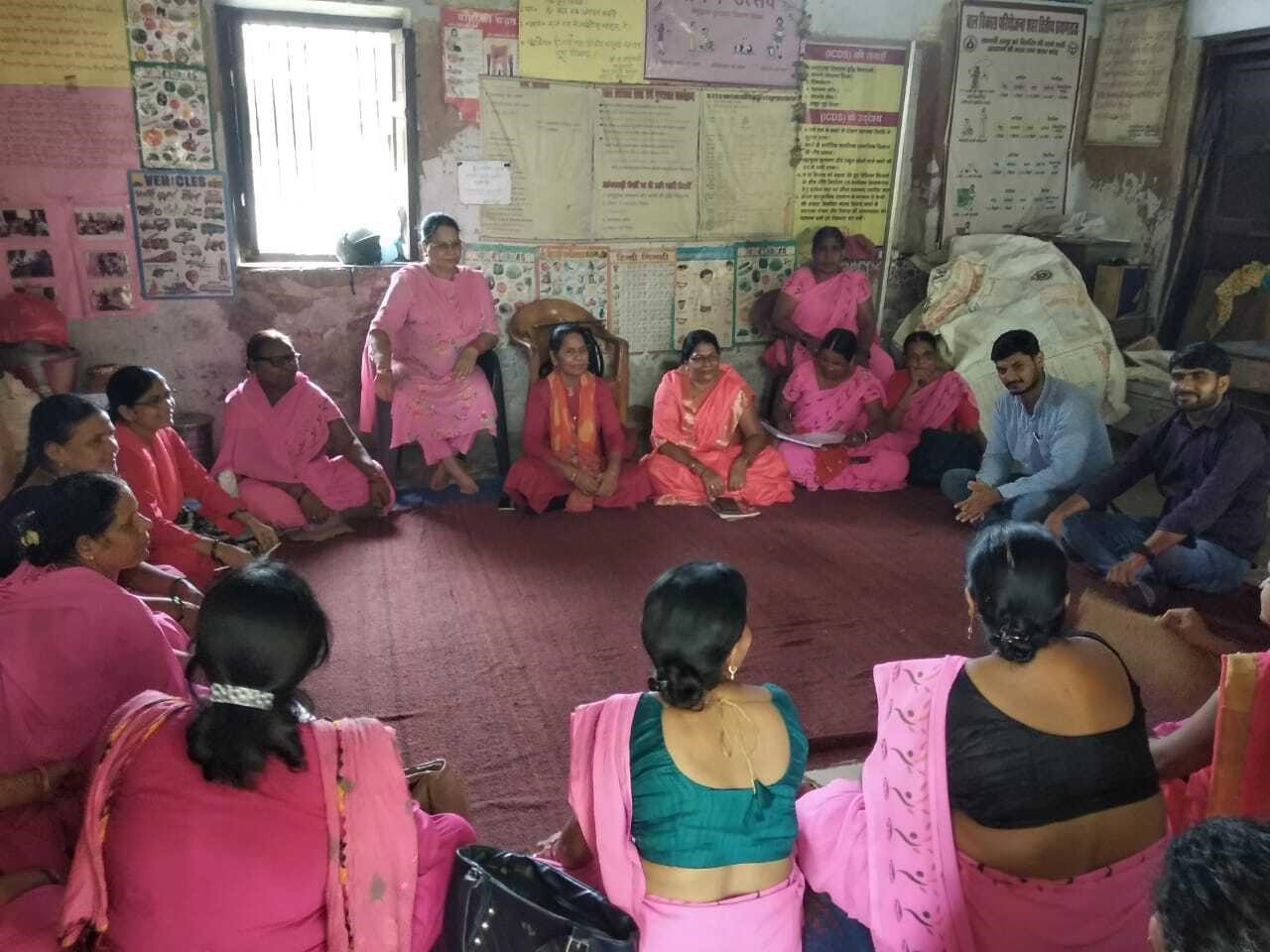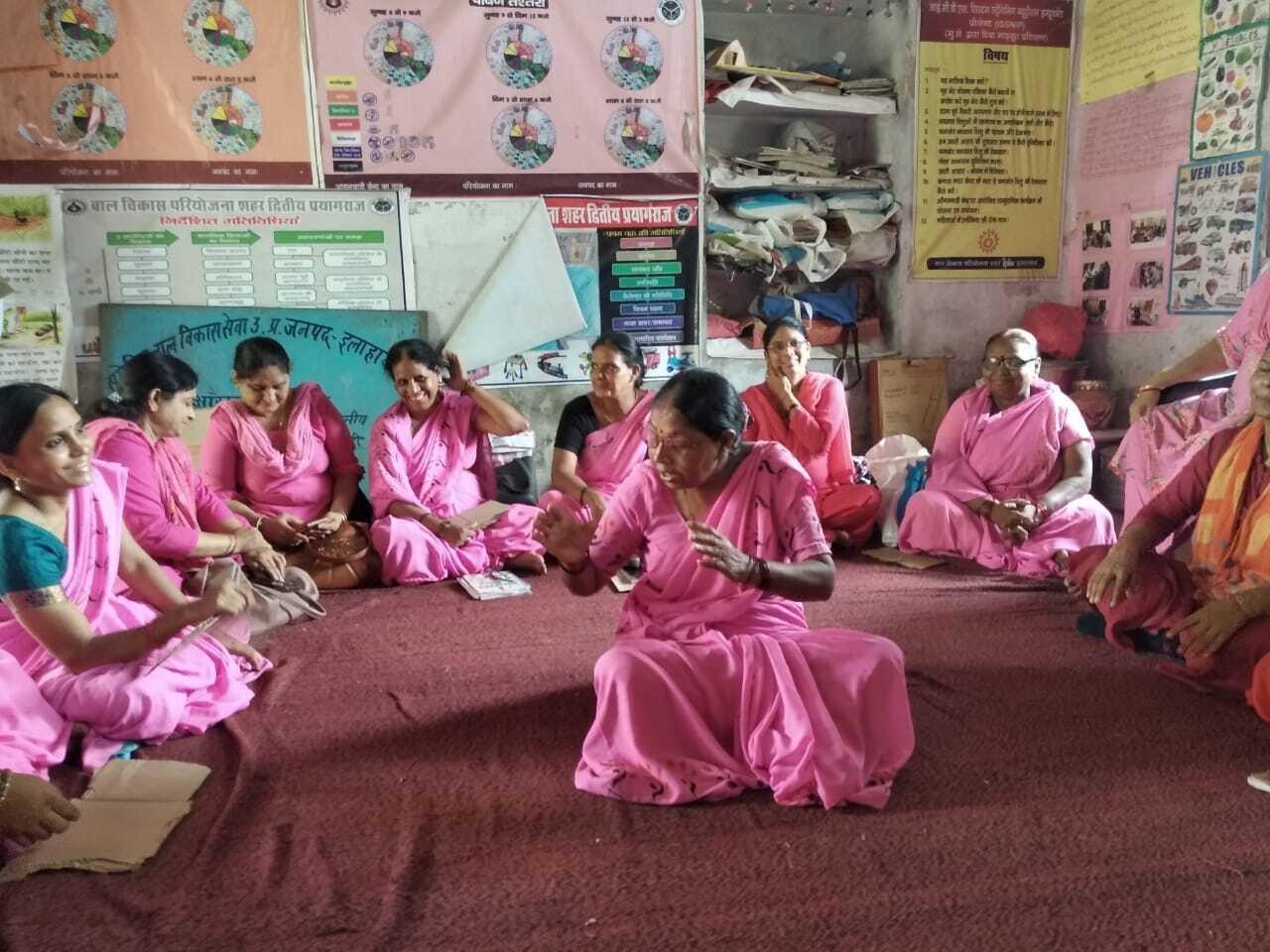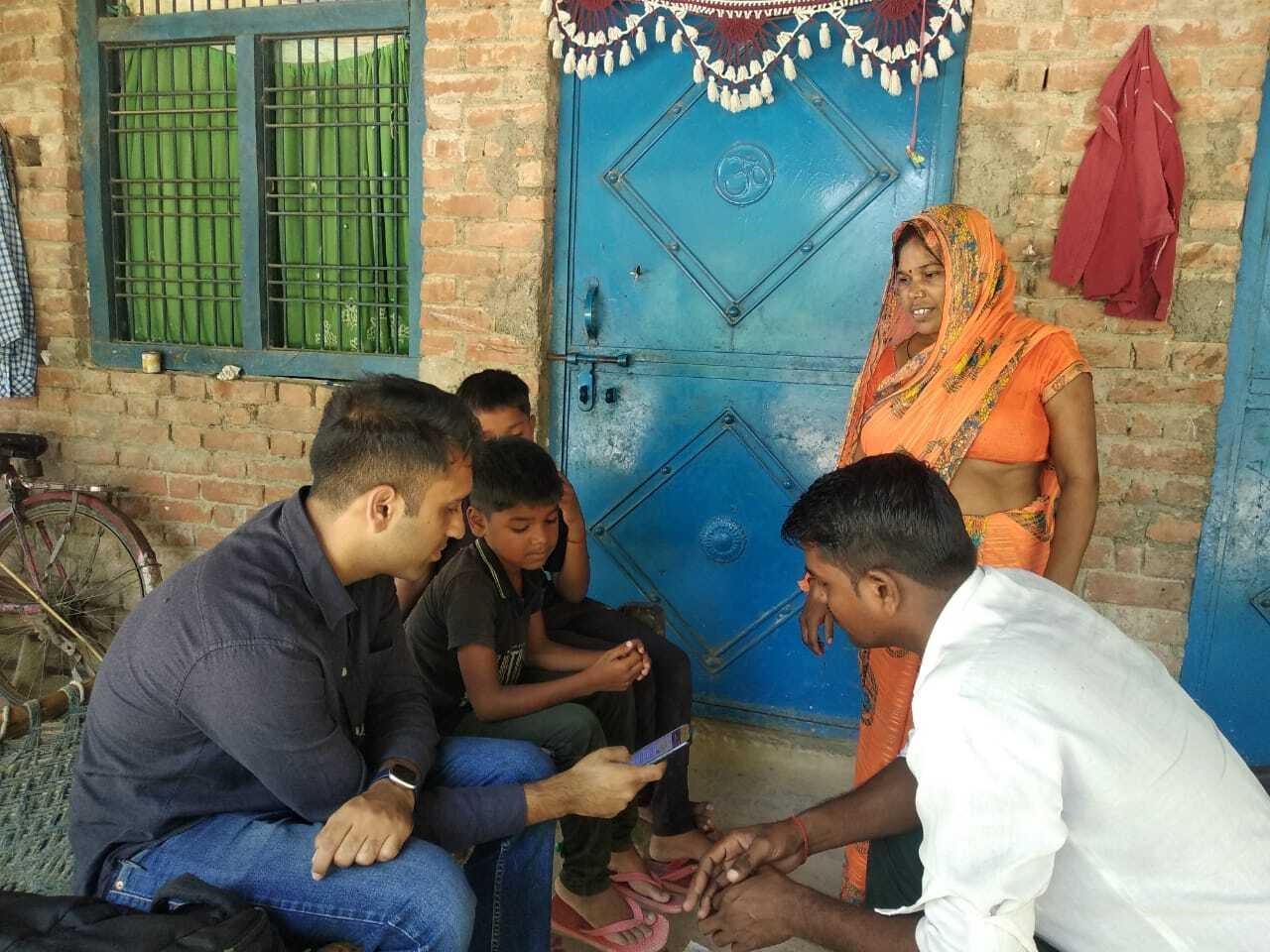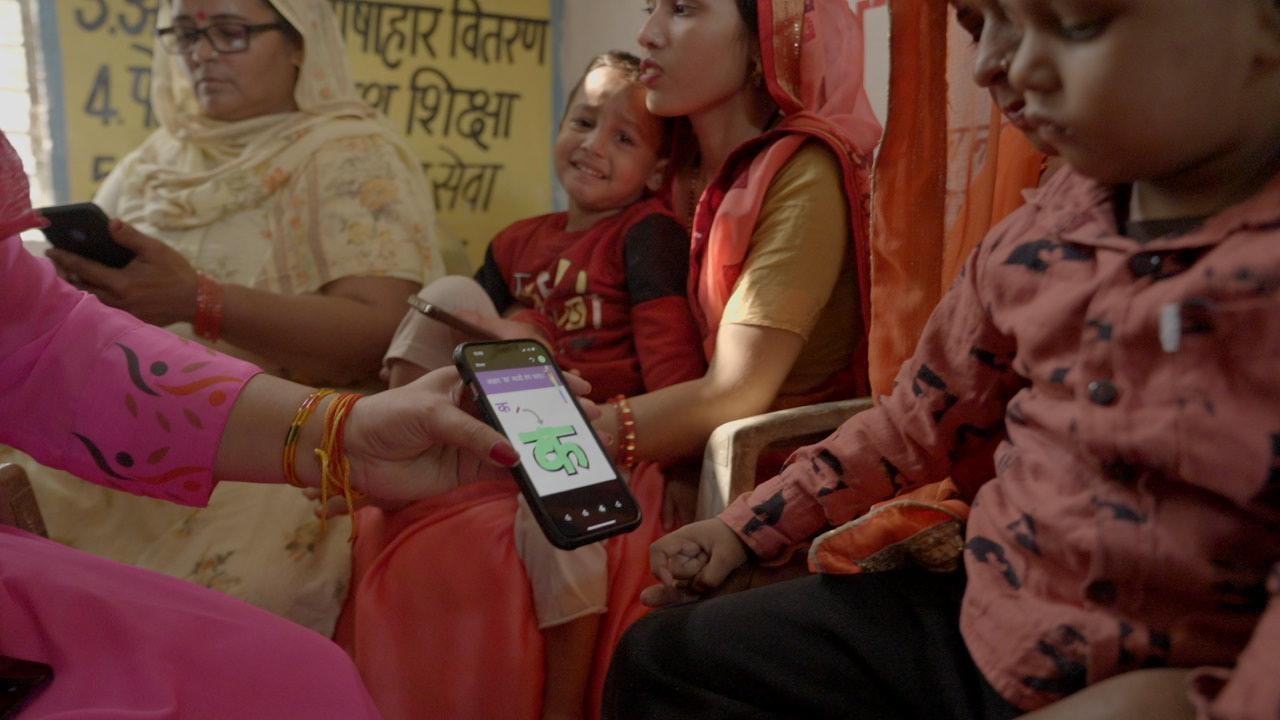Despite increasing school enrolment rates, learning levels in India remain low. In this note, Agrawal and Kheria describe the efforts being made by the district administration in Prayagraj, Uttar Pradesh, to incorporate early childhood education into the care provided by Anganwadis. They highlight efforts to train Anganwadi workers and leverage technology to engage parents in their children's learning, as well as administrative endeavours to upgrade the infrastructure at Anganwadi centres to ensure greater chances of success from accessing education.
"Every country shapes its education system based on its own values and goals," Prime Minister Narendra Modi declared during the introduction of the National Education Policy in 2020, “The end goal is to make sure its youth is future-ready”.
India’s National Education Policy (NEP) was introduced with the aim to achieve universal access to primary and secondary education for all children by 2030. However, despite significant strides in the last decade such as an increase in school enrolment rate, the current reality still paints a grim picture. Children in the age group of 3-6 years are supposed to attend Anganwadis (community day care centres) that are intended to help them develop a strong foundation before starting formal schooling from Standard 1. Over half of all children under the age of 6 belonging to low-income families attend Anganwadis, and although their nutritional needs are met education is not prioritised. This results in discouraging statistics where the foundation itself is weak, and the children already start at a disadvantage, only to keep falling behind: an ASER report from 2022 revealed that only 30% of Standard 3 students in India can read a Standard 1 text.
While the government has included mandatory Early Childhood Care and Education (ECCE) in national policies, the responsibility for implementing this mandate lies with the states and districts. Prayagraj, Uttar Pradesh's most populous district, recognises the crucial role of early childhood education for the district, state, and country, with over 4,500 Anganwadi centres which can serve as learning hubs for children in their early years, and Anganwadi workers who possess the ability and enthusiasm to educate them.
Assessing Anganwadis’ impact and scope for progress
In January 2023, among other initiatives, the Prayagraj district administration forged a strategic partnership with Rocket Learning, a non-profit organisation focusing on early childhood education. In alignment with the "Poshan Bhi Padhai Bhi" (“Both nutrition and education”) initiative, which was launched in May by the Union Minister for Women and Child Development, Smriti Zubin Irani, this partnership aims to provide high-quality preschool education to every child in the district and prepare them for primary school, consequently setting them on a course for higher graduation rates, better colleges, higher-paid jobs, and a healthier life.
Before rolling out the programme fully, we wanted to assess the current state of early childhood education (ECE) in the district. We conducted a comprehensive survey involving over 200 Anganwadi workers. The findings revealed that while more than 60% of them held graduate degrees and acknowledged the importance of ECE, yet the level of training of workers in this area remained low. Over 65% of Anganwadi workers possessed more than 15 years of experience, and have seen the state of ECE evolve over time. Additionally, despite being relatively recent adopters of technology, they showed a high level of proficiency for basic tools, with over 90% of them using mainstream apps like WhatsApp and YouTube.
Based on this survey, we identified three crucial areas for impact: academics, administration, and system initiatives. We conducted a three-day training workshop for all Anganwadi workers in the districts over the next three months. We also selected 200 champion Anganwadi workers to act as master trainers for others in their respective blocks. We scheduled quarterly training sessions to sustain this learning momentum.
Anganwadi workers today have multiple responsibilities, with one of their key responsibilities is to provide early childhood education. Moreover, we found that they displayed an enthusiasm to educate children. Our intent with this intervention is to enable that by building their capacity to deliver educational content, thereby making the time spent on doing activities in the Anganwadis as rich and learning-focused as possible for the children.
In the next phase of this roll-out, we shared bite-sized audio-visual educational lessons with parents of the children who attended the Anganwadis, to enable them to create a learning environment at home and encourage parent-child interaction. Anganwadi workers also utilised this content to conduct impactful classes at the centres, while parents received videos to engage their children at home.
A monitoring bot tracks responses in these WhatsApp groups, enabling real-time behavioural nudges and rewards. This technology reinforces positive learning habits by sending personalised report cards, medals, and nudges. We realised that leveraging technology platforms like WhatsApp, which have proven to be popular and accessible, can be a powerful tool for dissemination. Thus far, we have 1,800 Anganwadi workers on the platform, and close to 60% of them have shown an inclination incorporate these lessons in the educational activities in their Anganwadis regularly. This suggests that over 30,000 children in the Anganwadis are getting a better-quality education thanks to this intervention.
On the administrative front, we have identified infrastructure upgrades and the management of Anganwadi workers’ time as top priorities. The Uttar Pradesh state government has also committed to upgrading Anganwadi centres’ infrastructure, including the implementation of BaLa (Building as Learning Aid) paintings, creation of learning corners, provision of child-friendly furniture, and integration of smart class facilities. Additionally, Wi-Fi, LED TVs, and interactive software have been introduced to enhance children’s learning experience. The centres are now also equipped with toys and audio-visual aids.
Systemically, we are thoroughly reporting and reviewing this programme by utilising technology to track ECE activities and conducting monthly reviews across the district. By working on the academic, administrative, and systems front, we are ensuring that every child in Prayagraj’s Anganwadis gets access to high quality early childhood education and a chance to fulfil their dreams and aspirations.




 29 September, 2023
29 September, 2023 









By: Ullas M S 29 September, 2023
Good work. Anganwadi workers and ASHA workers have high levels of community ownership. State like Karnataka and Tamil Nadu have made good use of it. It is encouraging to know states like UP gaining momentum in this regard